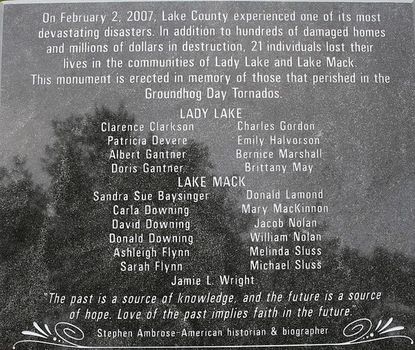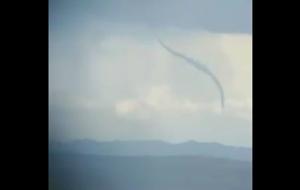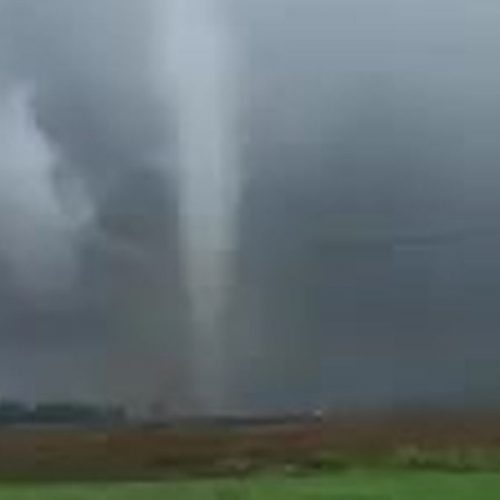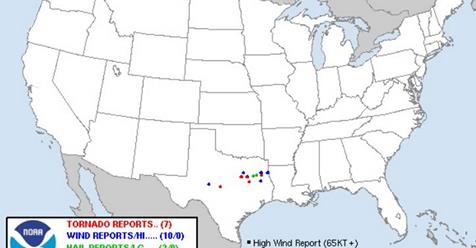It was 3:04 a.m. in Lake County when a tornado warning was sent out, but most people were asleep and no one would see it.
It was 14 years ago the Groundhog Day tornado outbreak transformed the lives of residents of Sumter, Lake and Volusia counties forever.
It was the area’s second deadliest tornado event behind February 1998, which saw five twisters touch down in Central Florida, killing 42 people and destroying 2,600 homes.
Nine years later 21 people ranging from ages 7 to 92 years-old would die in Lake County, while another 76 were injured. The storm traveled 70 miles and had three twisters touch down in Central Florida, according to the National Centers for Environmental Information.
The skies were tumultuous, full of high-wind shear with a jet stream of cool air funneling into the warm body of Central Florida. Instability increased overnight creating the perfect conditions for a tornado.
At 3:08 a.m. the first of three tornadoes, each traveling at 50 mph, touched down. The EF 3 tornado spiraled for 17 minutes with wind speeds of 160 mph. The storm was described as “deafening” by those who witnessed it obliterate hundreds of homes from Wildwood to east Lady Lake.
“Hell opened up, and half the demons came out,” said one Lady Lake resident to the Orlando Sentinel the morning after the storm.
“Everything just exploded,” Ralph Shifflett a resident of The Villages told the Sentinel in 2007. He heard a loud roar minutes before the storm caused his windows to shatter, patio to splinter and wood beams to explode.
At 3:37 a.m. the second tornado touched down in a rural area of Lake County and Lack Mack, just west of the St. Johns River. With winds blowing at 165 mph, the tornado produced a quarter-mile wide track in the area destroying 86 residences and damaging 144. Many mobile homes were left demolished, leaving behind 13 people dead in its wake.
Among the dead were 7-year-old William “Jacob” Nolan and his 37-year-old father William Nolan.
“They found them together. They were holding each other,” said mother and wife, Rebecca Nolan. She managed to run from their mobile house with her then 11-year-old, Edwin Burch, and into the family truck, according to a 2007 Sentinel article.
The truck wouldn’t start.
Nolan made a run for it with Burch, unaware her younger son and husband were still inside the mobile home. The storm lifted the home off the ground, and then flattened it.
The twister exited Lake County and entered Volusia at Lake Beresford, crossing into DeLand at 4:02 a.m. before finally lifting east of Interstate 4 at 4:10 a.m.
The twister damaged 277 DeLand homes and destroyed 106.
Five crashes took place on Interstate 4 a quarter of a mile away from the New Smyrna Beach exit. The wind lifted a semitrailer truck and dropped it on another semi. The highway was closed for about 3 hours.
As the storm raged on, the third twister touched down in Volusia County to the east of Interstate 95 at 4:22 a.m. but only remained on the ground for three minutes when it reached the intracoastal waterway in New Smyrna Beach.
No Volusia County residents were killed, but 42 were injured.
The outbreak was responsible for $218 million worth of damages.
It was the second tornado outbreak in Central Florida in two months. On Dec. 25 2006, Lake County residents of Leesburg witnessed a 50-yard-wide tornado touch down, moving at 70 mph. It was the first in a series of twisters in a Christmas Day tornado outbreak in Florida.
While tornadoes are expected during the severe weather season, which lasts from February through April, the 2006 and 2007 outbreaks were abnormal events caused in part by an El Niño event, said National Weather Service Meteorologist Derrick Weitlich.
“You’re not going to have a tornado outbreak every winter,” Weitlich said. “Sometimes if there is an El Niño pattern, an outbreak is more likely. In 2007, there was no strong influence from El Niño that year. It was weak, but there was still an El Niño event going on that season, which is sometimes all it takes for things to become unstable.”
While the severe weather season hasn’t started yet, Florida has already had a tornado touch down on its grounds. A confirmed EF-0 tornado that flipped at least one plane at the Tallahassee International Airport moved through Leon County on Jan. 27..
Damages paled in comparison to the 2007 outbreak, but served as a reminder of how quick tornadoes can form.
by Joe Mario Pedersen (2021, Feb 2) Orlando Sentinel






